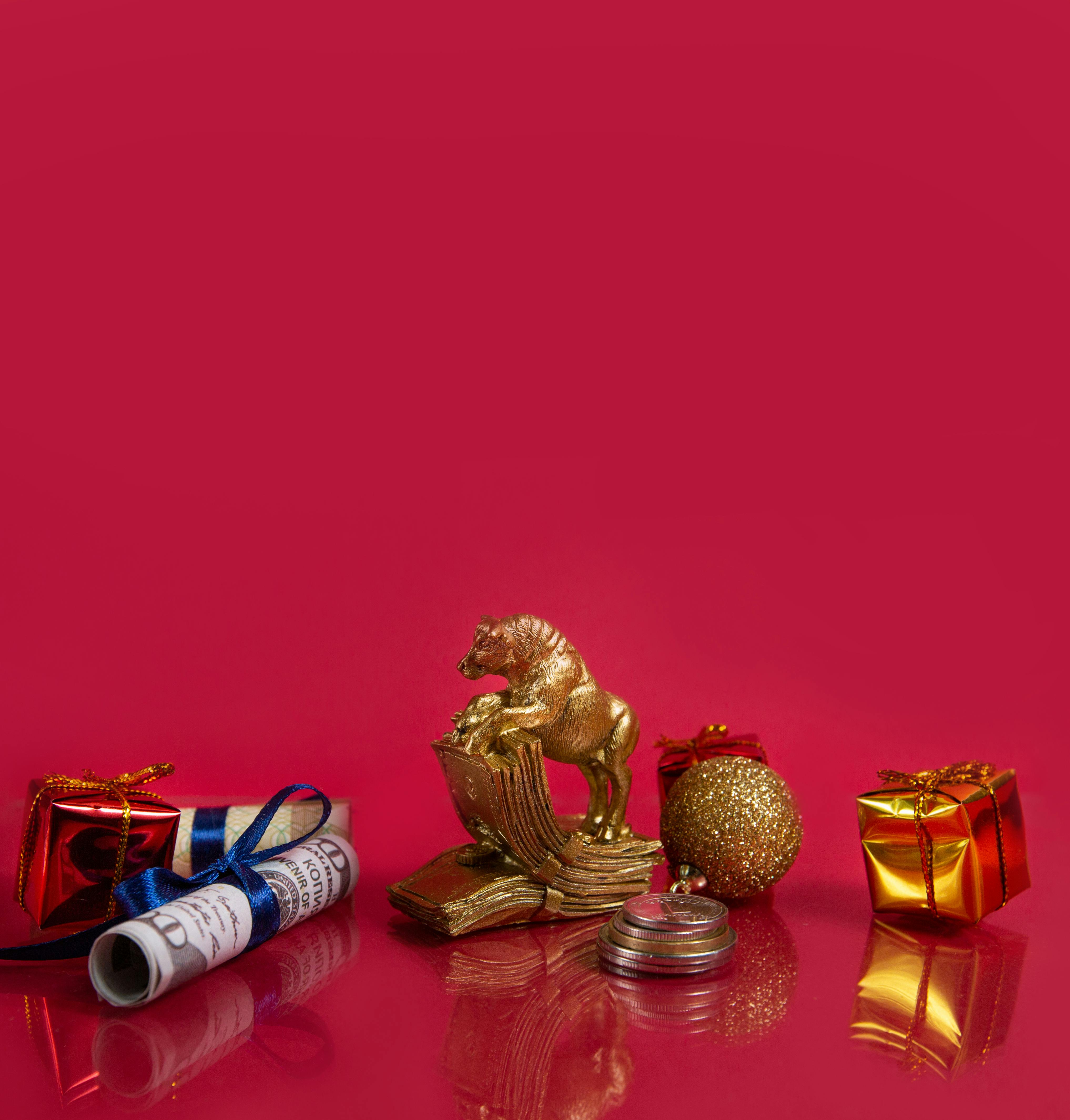The majority of Japanese marriages were typically intimate unions between members of the same family. Countless people now choose to have their wedding ceremony held at a shrine or different religious site. The bride and groom walk under a tree together https://www.loveandlogic.com/ to represent the renewal of their vows, in addition to the more traditional rituals, which frequently include a sakura ( cherry blossom ) ceremony.
Shinto, the religion of Japan’s indigenous citizens, dominates these ceremonies for the most part. A pastor officiates these weddings, known as shinzen shiki, in a meeting that is both grave and joyful. The couple asks for the kami’s grace during this tradition, in which they declare their union. The variety three, which denotes unification and wealth, is taken from nine sips of three mugs in a ceremony called sansankudo. The bride and groom take oaths, change gifts, and then kiss each other before performing a ceremonial dance to appease the gods.
The shinzen shiki rituals are certainly possible to vanish, despite the fact that weddings in the American fashion are becoming more common in Japan. Toyohiko Ikeda, a key Shinto pastor at Sugawara Shrine asian bride dating in Machida, with whom we spoke, about the customs that have evolved into more contemporary ceremonies.

The few attends a bride welcome after the main service. Relatives and friends normally attend this proper gathering. Traditional gifts are usually presented in velvet and tied with mizuhiki, or papers strips that represent good fortune, are customarily given to guests.

